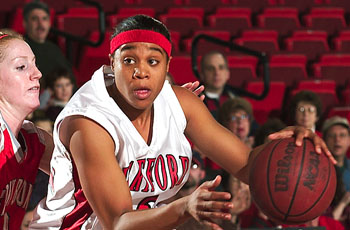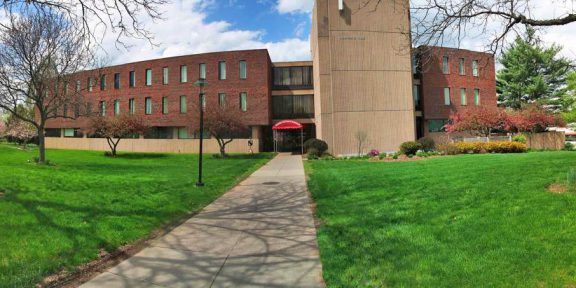By: Ben Wilcox
Trevor Teply is a sophomore in the Barney School of Business. He recently broke down each of the meal plans offered to students who live on campus to determine which gives students the most bang for their buck when it comes to meal equivalencies and dining dollars.
“After I took out the dining dollars for whatever you’re paying for meal plan I just divided that for each of all the meals you have per semester,” he said.
Each meal plan is individually priced. Teply’s math shows the lower a meal plan costs, the higher the premium will be on meal equivalencies.
“The flex plan is a seven a week with 450 dining dollars and worked out to be 17 dollars per meal,” Teply explains.
According to Teply, as the meal plan costs go up, the average premium of a meal goes down, making the most expensive meal plan the one that appears to offer the best value. Although, a student would have to use a meal 3 times a day every day to get the full value.
“So that meal plan works out about even as long as you’re staying on campus to eat every time.”
We came to Gengras during the Thursday lunch rush, and we spoke to a number of students, some who were familiar with Teply’s study, who were just fine with their meal plan.
One said, “I feel like I have my money’s worth. I eat every day so in a sense I am happy.”
Teply said, “I would feel that most people aren’t paying for their own meal plan and are having parents pay for it or they do not actually know what they are spending per meal.”





